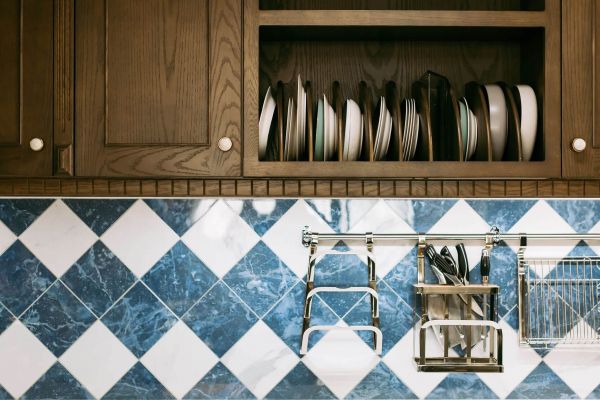This post was written in collaboration with Jessica D. from Home Advisor.
Buying a home can be an exciting or exhausting process, depending on how particular your list of criteria is. It isn’t to say you should lower your standards, seeing as purchasing a home is a major investment. But at the same time, if otherwise insignificant details are quick to turn you off, the home buying process can wind up becoming much lengthier. Establish your priorities as a homebuyer, but also remember that you can make improvements and adjustments after the sale.
For those in the market to buy a home, we’ve compiled some of the more easily negotiable items and solutions for you to explore:
1. Repair Issues
Finding and making repairs are typical components of a home sale process. With that said, repairs usually present themselves during a home inspection. Home inspectors will examine the interior and exterior of the house to uncover any significant matters that need tending to such as broken parts or hazardous problems. Most commonly, inspectors look for defects in the electrical and HVAC systems, roofing, and plumbing. From there, sellers will typically remedy any reasonable repairs.
As a buyer, it’s vital not to get caught up in minor flaws or make any superfluous repair requests, such as cosmetic issues, low-cost fixes, or problems you can easily repair on your own after purchase. Demanding trivial or excessive repairs will work against you in a seller’s market.
Although, if you feel that your repair requests are feasible, yet the seller is unwilling to complete them, you have other options available to protect yourself as a homebuyer. For example, you can ask the seller to pay for a home warranty, which will generally cover the cost of any major home malfunctions for one year after the sale of the home, depending on the plan selected.
2. Rooms in Need of Remodeling
When searching for a new home, outdated rooms may seem like a deterrent if your mind begins thinking of all the work that a remodel could entail. However, a few remodeling projects shouldn’t stand in the way of a home sale considering the benefits they can yield.
First and foremost, if a seller elects not to update a room that buyers often view as a key selling point, such as the kitchen, the seller may choose to compensate by discounting the asking price. Buyers should take advantage of the opportunity to pay less for a home and then use the money saved for remodeling such rooms to their liking and specific tastes.
Aside from upgrading rooms post-purchase to better fit your taste and lifestyle, remodeling as the buyer instead of the seller allows you to select projects that provide a high return on investment and increase the value of your home by more than the cost of the remodel. For instance, a minor kitchen remodel costs roughly $10K. Experts suggest only spending between 5 to 15% of the home’s value on this project to receive the most return, so this is usually a great way to add immediate value post-purchase.
3. Lack of Space
One of the most common reasons people decide to purchase a new home is the desire for more space. Sometimes you find a dream-worthy home while house hunting, but are afraid its small size may be its downfall.
Don’t let a lack of space automatically disqualify a home from your list of potential dwellings. Instead, be creative with a smaller home’s floor plan and layout after you move in. Start by reducing any currently wasted space and optimizing the storage area, which might involve adding a dormer or finishing an attic. To increase livable space in your new home, consider building a room over the garage to provide additional bedrooms or adding a bathroom in the finished basement. Sometimes a little imagination with reconfiguration can go a long way when buying a home.
Conclusion
From finding your dream home to closing the sale, buying a new home is a challenging process. Envisioning yourself in a new space is difficult, especially when all you can see is what you don’t like about a potential new home. Required repairs, rooms in need of remodeling, and a lack of space may seem like dealbreakers, but these details are easy to negotiate and resolve. Establishing your priorities when purchasing a new home is crucial—don’t let a few undesirable details stop you from making an offer on a home that is almost perfect.
Household moving services
Personalized solutions for household moves and other residential shipments




